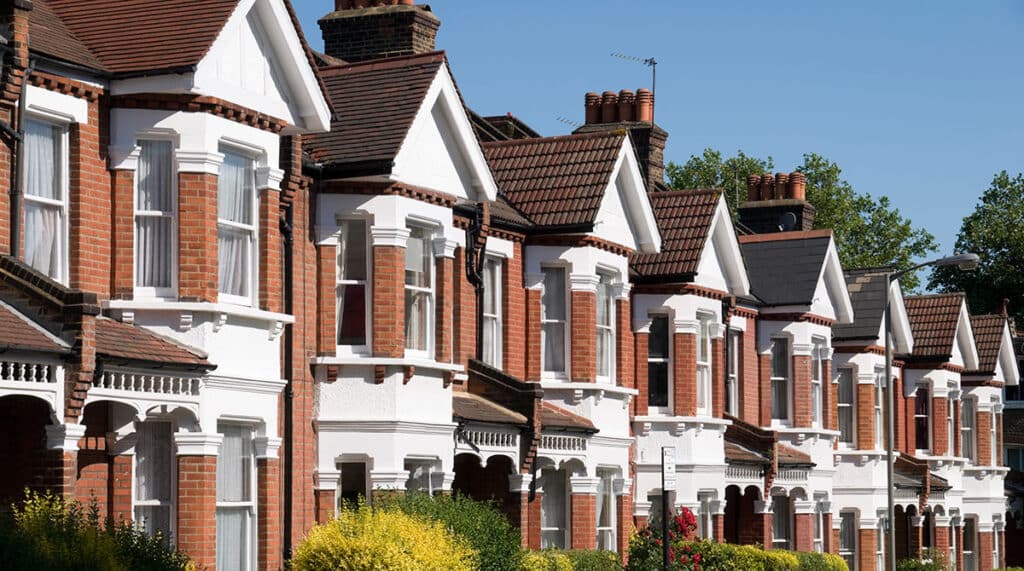The Halifax house price index for February showed this was the fifth consecutive monthly rise in average house prices and £1,091 more than January. Annually, this represented a 1.7% increase, a tamer rise than the 2.3% growth reported the month before.
Kim Kinnaird, director at Halifax Mortgages, said: “These figures continue to suggest a relatively stable start to 2024 and align with other promising signs of increased housing activity, such as mortgage approvals.
“In fact, the average price tag of a home is now only around £1,800 off the peak seen in June 2022. While it is encouraging that we’ve seen growth in recent months, what happens next remains uncertain. Although lower mortgage rates, alongside expectations of Bank of England (BoE) interest rate cuts this year, should help buyer confidence in the short term, the downward trend on rates is showing signs of fading.
“Even with growing wages and inflation falling back, raising a deposit and affording a sizeable mortgage remains challenging, especially for those looking to join the property ladder, so it remains a possibility that there could be a slowdown in the housing market this year.”
Mark Harris, chief executive of SPF Private Clients, said brokers were seeing an improvement in activity levels, but the slew of mortgage rate reductions had slowed.

How life insurance can benefit your health and wellbeing over the decades
Sponsored by Post Office
He added: “This is because five-year swap rates, which underpin the pricing of fixed rate mortgages, have edged upwards from around 3.25% at the end of December to the 4% mark. Although rates may feel more palatable for borrowers than they did several months ago, they will have to get used to paying more for their mortgages than many have become used to.”
Sarah Coles, head of personal finance at Hargreaves Lansdown, said the rise was slower in February as mortgage rate cuts eased and there was a chance “this could peter out in the face of higher rates”.
Coles added: “January’s pick-up wasn’t just the enthusiasm of the new year; mortgage rates played a huge role too. However, February brought market concerns that the BoE wouldn’t cut rates as fast as it hoped, so banks factored in higher rates for longer.
“Mortgage changes have a lag effect on demand, because those approved in January will tend to fund the sales in February, and to a certain extent in March, but their impact will diminish over time. This may be what we’re seeing in the figures.”
She said there was still “plenty of optimism” in the market and noted that prices were closer to the 2022 peak.
National and regional differences
The index showed that Northern Ireland was the strongest-performing nation or region when it came to house price growth, as values rose by 5% annually.
Average house prices in Northern Ireland came to £195,956 in February, a £9,359 increase on the year before.
Strong growth was also recorded in the North West, where a 4.4% annual increase brought average house prices to £232,198. The North East reported a 4.2% yearly rise, while in Wales, house prices went up by 4.1% annually.
London recorded the first annual growth in house prices since January 2023 at 1.5%. In February, the capital’s house prices averaged £536,996.
The sharpest fall in house prices was seen in Eastern England, where values dropped by 0.8% yearly to £329,927.
Chris Baguley, group channel development director at Together, said: “A further rise in house prices brings with it the green shoots of market recovery as we edge closer to the busier ‘springtime selling-up season’.
“With the Chancellor announcing that the higher rate of Capital Gains Tax (CGT) on residential property sales will be cut by 4%, we could see a new wave of activity across the market from those who have put off the option of downsizing, opening up more family homes and spaces for first-time buyers.”




